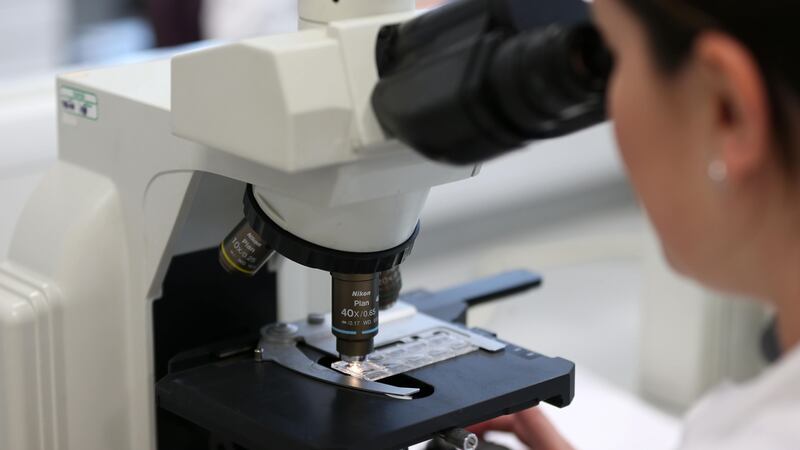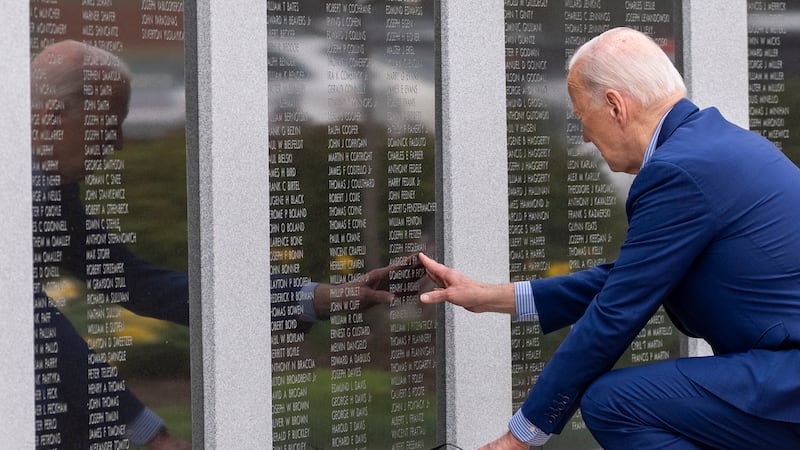Unrelated people who look alike are likely to have similar DNA, new research suggests.
Researchers studied pairs of unrelated people who are look-alikes, and determined the impact of inheritance versus environment on their appearance.
They found that the doppelgangers (doubles) in their study not only had similar faces, height and weight, but also had similarities in some aspects of their behaviour.
Senior author Manel Esteller of the Josep Carreras Leukaemia Research Institute in Barcelona, Spain, said: “For decades the existence of individuals who resemble each other without having any family ties has been described as a proven fact, but only in anecdotal terms and without any scientific justification.
“The widespread use of the internet and social networks for image-sharing has meant that we are now able to identify and study such people.”
Researchers recruited 32 look-alike pairs who had been photographed as part of a series by the Canadian artist Francois Brunelle.
They each completed a questionnaire about their lifestyle and body measurements.
Three different facial recognition programmes were used to determine how much each pair looked alike – their likeness.
According to the study, 25 out of 32 couples were considered to be correlated by at least two programmes.
Dr Esteller said: “This is very close to the human ability to recognise identical twins.”
Additionally, correlation was found in 16 out of the 32 couples in all three programmes, and these couples formed the basis of further research.
Researchers also carried out DNA analysis on saliva samples taken from the look-alikes, as well as analysis of their microbiome.
The findings revealed that nine of the 16 pairs had many common single nucleotide polymorphisms (SNPs) – the most common type of genetic variation among people.
Among these 16 pairs many shared similar weights, and analysis of their biometric and lifestyle factors also showed similarities.
The study also found a link between behavioural traits in the pairs, such as smoking and education level, suggesting that shared genetic variation relates not only to physical appearance but may also influence common habits and behaviour.
Dr Esteller said: “Some previous studies have compared the genome of individuals with face traits, but in the general population.
“Our study shows genetic markers that are critical in the development of the shape of the nose, lip and mouth, plus completely novel determinants of bone structure and skin texture that also provide characteristic features of our face.
“The environmental markers, such as the epigenome and the microbiome, were more distinct between look-alikes and thus the differences in these people who resemble each other can be attributed to the chemicals that regulate the same DNA sequence and to the composition of the microbiome.”
The findings are published in Cell Reports.








